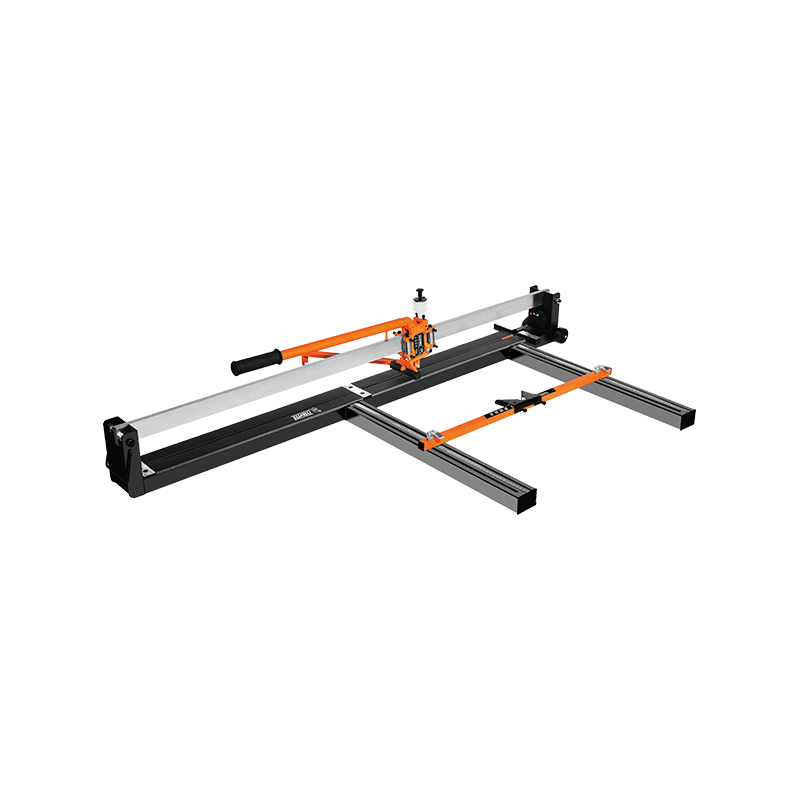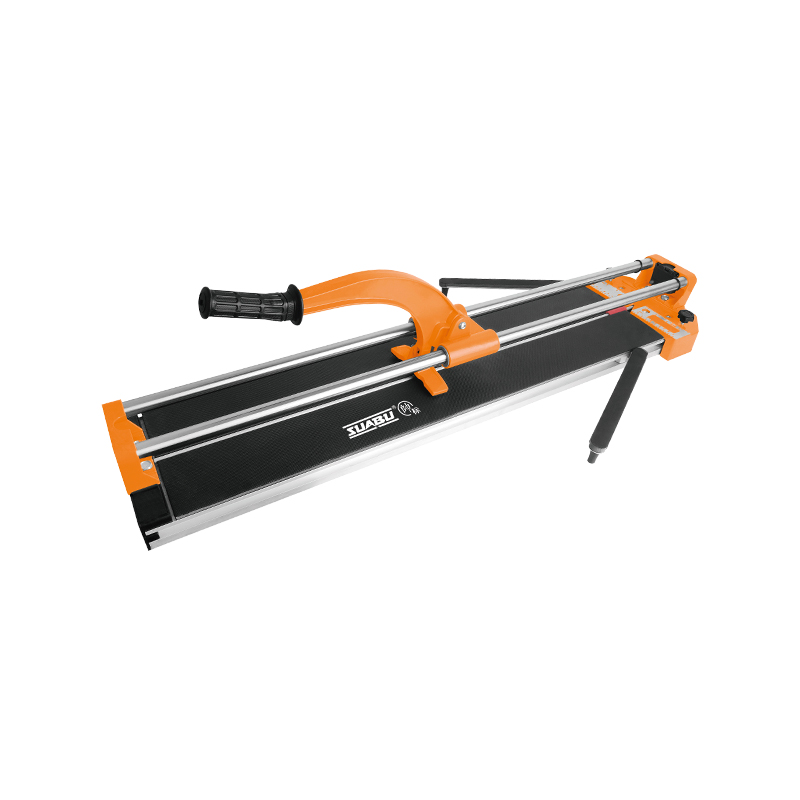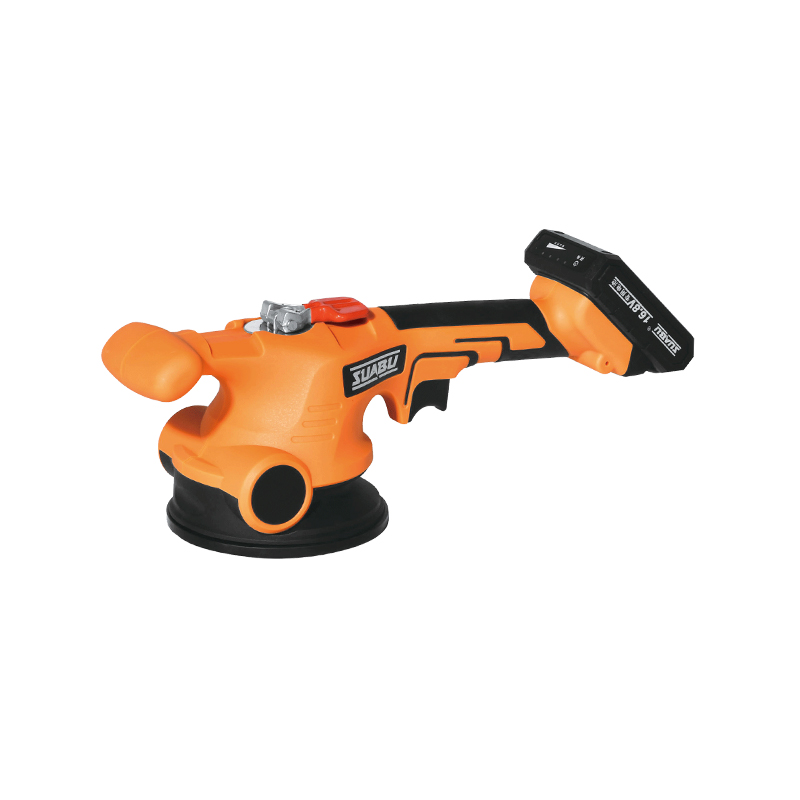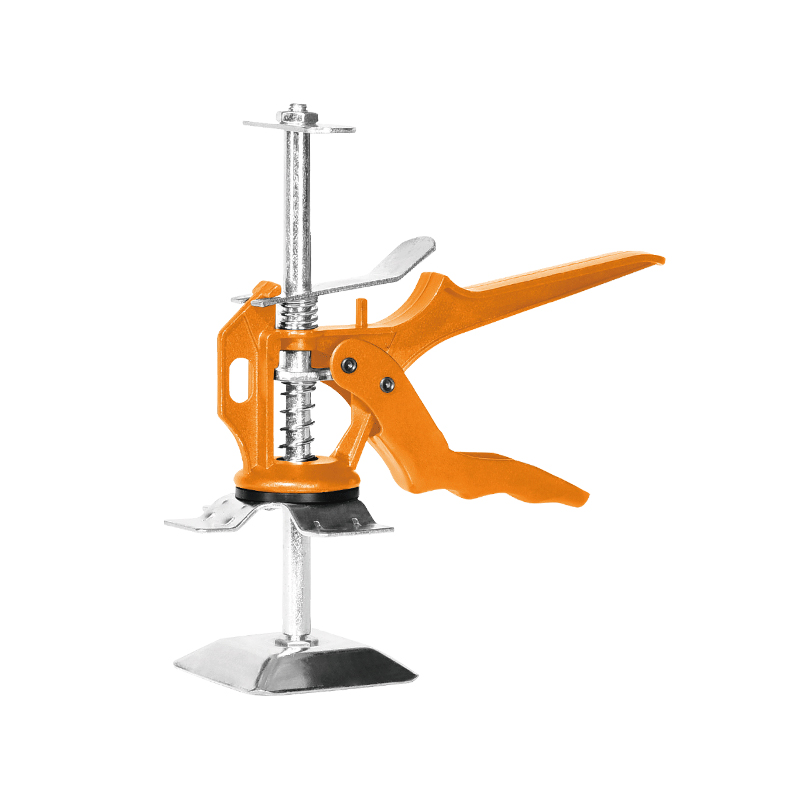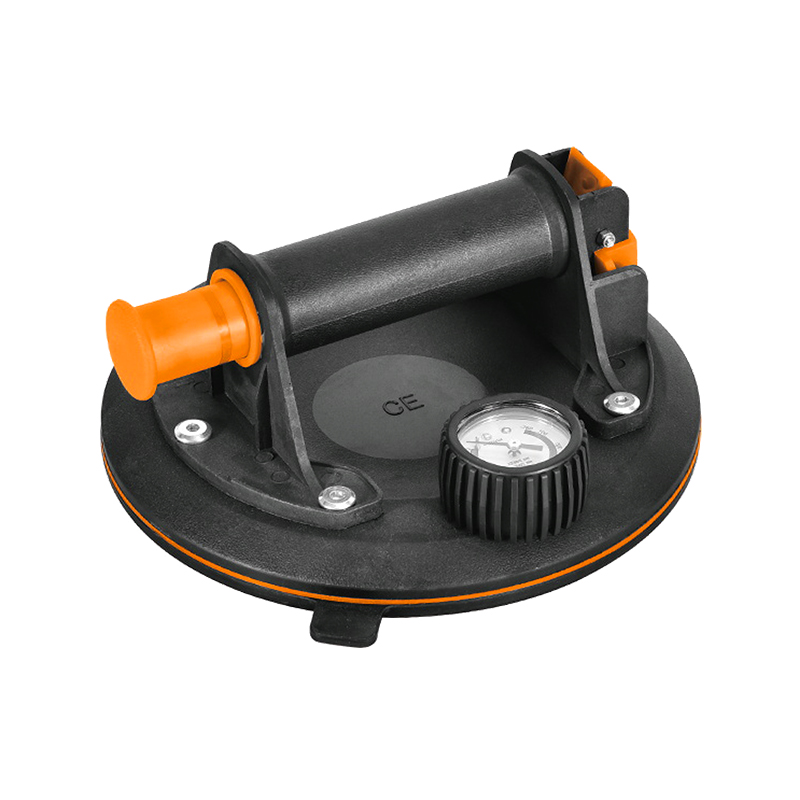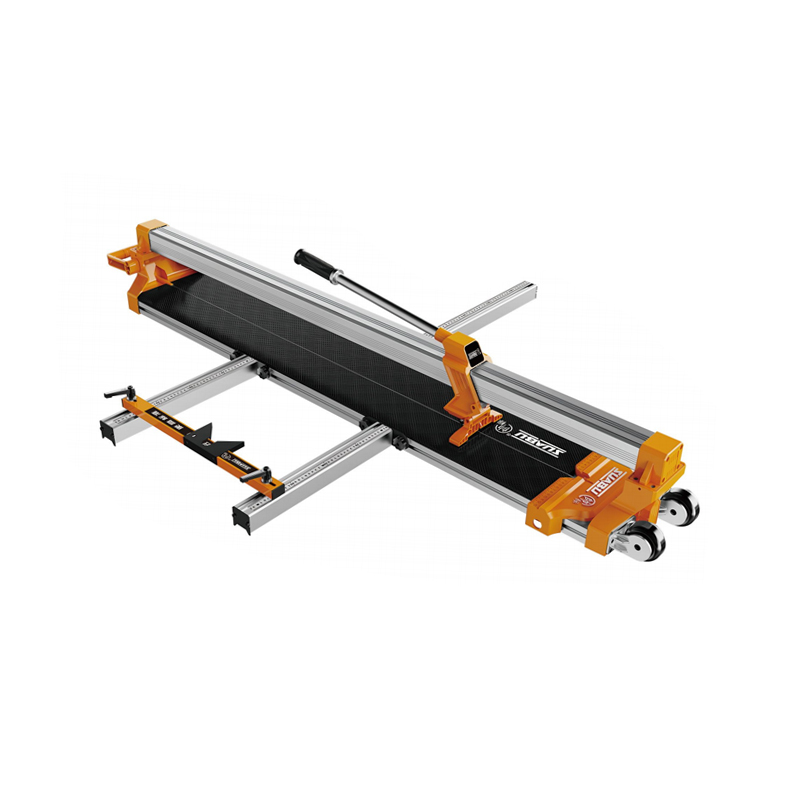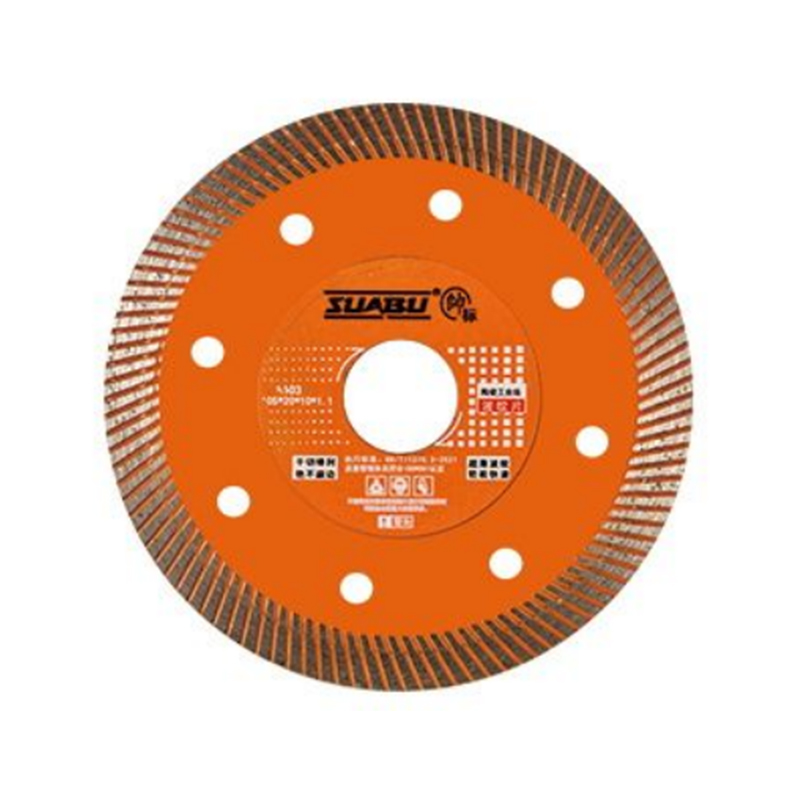Porcelain Tile Suction Lifter Use Grows In Construction And Renovation Work
2025-08-15
In the construction and renovation sectors, handling delicate materials such as porcelain tiles has always posed a challenge. These tiles are often large, thin, and prone to breakage if not managed carefully. Over recent years, the porcelain tile suction lifter has become an increasingly practical tool for professionals needing secure and efficient handling solutions. It enables workers to move tiles with reduced risk of cracking or chipping, supporting both safety and efficiency on-site.
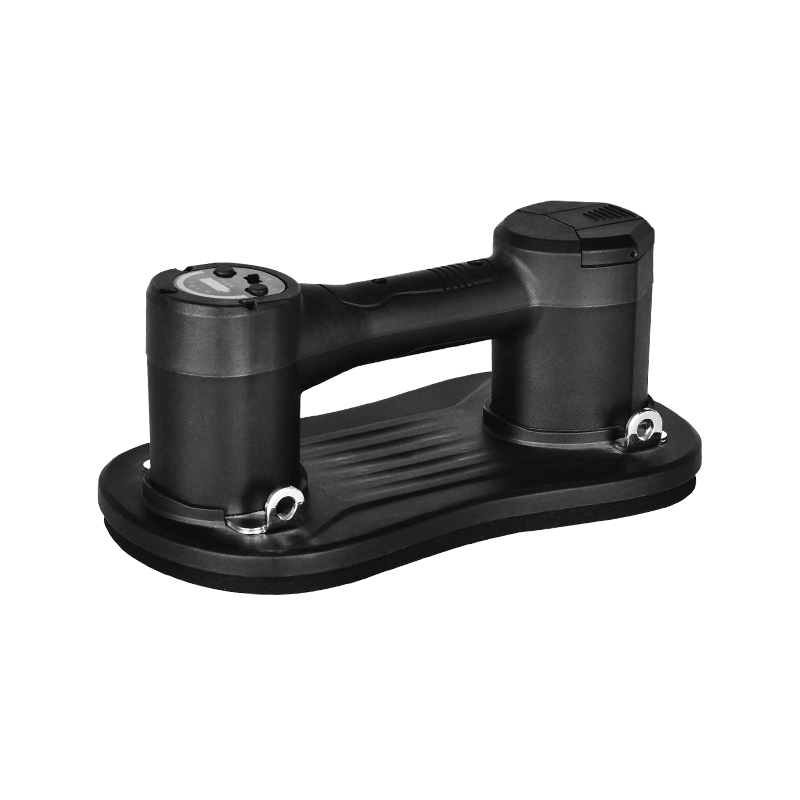
The porcelain tile suction lifter is designed to attach firmly to flat, smooth surfaces, using vacuum force to hold the tile securely. This method allows a firm grip without applying unnecessary pressure that might otherwise damage the tile. As large-format tiles become more popular in architectural design, tools like these are gaining more attention across various job sites. They help installers reduce physical strain and shorten the time required to lay tiles across walls and floors.
To complement these lifting tools, pneumatic suction cups have also found an essential role in tile installation workflows. These cups rely on air pressure differences to create a powerful seal on surfaces, which helps maintain grip during lifting and movement. In addition to tiles, they are used in handling other smooth materials such as glass, metal sheets, and laminated panels. When integrated with tile lifters, pneumatic suction cups enhance reliability and allow for steadier positioning during placement.
As demand rises for durable yet visually appealing surface materials, porcelain tiles remain a popular choice for both residential and commercial settings. This demand has pushed manufacturers and contractors to adopt better handling techniques. The porcelain tile suction lifter offers a simple but effective method to reduce tile damage and less labor intensity. It is now a familiar piece of equipment in tile shops, warehouses, and active building projects.
Furthermore, pneumatic suction cups are increasingly used in combination with manual or semi-automatic lifting devices. Their ability to adapt to a variety of sizes and textures makes them well-suited to evolving job requirements. For example, when a renovation team is working with a mix of surfaces, these suction cups can be quickly repositioned and reused, saving time and materials. This adaptability helps them fit seamlessly into dynamic work environments.
Another advantage of using a porcelain tile suction lifter is the greater control it offers during installation. Especially with oversized tiles, proper alignment is crucial. Suction-based lifting helps achieve this by allowing workers to lift, tilt, and place the tile with small adjustment. Combined with pneumatic suction cups, this process becomes even more manageable. The cups provide consistent pressure distribution, lowering the chances of accidental drops or shifting.
In workshops or small-scale renovation projects, pneumatic suction cups are often mounted on mechanical arms or lifting aids. These setups make it easier to maneuver heavier tiles without risking worker fatigue or injury. The pairing of these suction devices with porcelain tile suction lifters creates a reliable system that accommodates modern material trends and installation methods.
As construction methods continue to modernize, attention to safety and efficiency grows. Workers are encouraged to use tools that make their jobs safer and reduce repetitive stress. The porcelain tile suction lifter, supported by pneumatic suction cups, fits well into this shift. It represents a straightforward way to increase accuracy, reduce waste, and deliver higher-quality results without compromising material integrity.
Through ongoing use and improvement, both pneumatic suction cups and porcelain tile suction lifters are shaping the way tiles are handled and installed. Their growing presence on job sites suggests that industry professionals are seeking out practical tools that address real-world challenges, helping ensure that finished spaces meet design and durability standards.

